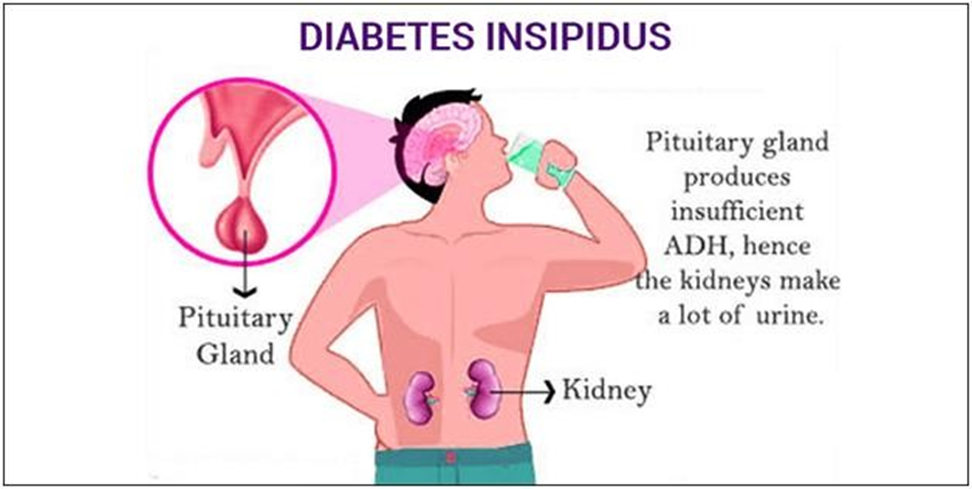Henry, an 80-year-old man, has had a closed head injury and was unconscious for 5 minutes. Which vital sign trend is most concerning?
Increasing respiratory rate
Rising heart rate
Decreasing blood pressure
Decreasing level of consciousness (LOC)
The Correct Answer is D
A. While an increasing respiratory rate may indicate respiratory distress, in the context of a closed head injury, decreasing level of consciousness (LOC) is a more concerning trend as it suggests worsening neurological status.
B. A rising heart rate may indicate pain, anxiety, or physiological stress, but it's not as directly related to the severity of a closed head injury.
C. While decreasing blood pressure can be concerning, especially if it indicates hypovolemic shock, in the context of a closed head injury, the primary concern is neurological status.
D. A decreasing LOC suggests worsening neurological function, which can indicate increased intracranial pressure (ICP) or neurological deterioration.
Nursing Test Bank
Naxlex Comprehensive Predictor Exams
Related Questions
Correct Answer is C
Explanation
A. Tonsillitis typically presents with sore throat, difficulty swallowing, and inflamed tonsils, but it does not involve ear pain or tympanic membrane abnormalities.
B. Laryngitis presents with hoarseness or loss of voice due to inflammation of the larynx, not ear pain or tympanic membrane abnormalities.
C. Acute otitis media commonly presents with ear pain, dull tympanic membrane, and may be preceded by an upper respiratory tract infection. Tender, enlarged postauricular lymph nodes can also be present.
D. Allergic rhinitis typically presents with nasal congestion, sneezing, and itchy, watery eyes, but not with ear pain or tympanic membrane abnormalities.
Correct Answer is B
Explanation
A. A urine output of 300 ml/hr and low specific gravity are not indicative of normal renal function.
B. Diabetes insipidus is characterized by excessive urine output (polyuria) with low urine specific gravity.
C. Acute kidney injury would typically present with oliguria (decreased urine output) or anuria (absence of urine output).
D. Urinary tract infection would typically present with other signs such as dysuria, urgency, and possibly fever, but not necessarily altered urine output and specific gravity.

Whether you are a student looking to ace your exams or a practicing nurse seeking to enhance your expertise , our nursing education contents will empower you with the confidence and competence to make a difference in the lives of patients and become a respected leader in the healthcare field.
Visit Naxlex, invest in your future and unlock endless possibilities with our unparalleled nursing education contents today
Report Wrong Answer on the Current Question
Do you disagree with the answer? If yes, what is your expected answer? Explain.
Kindly be descriptive with the issue you are facing.
